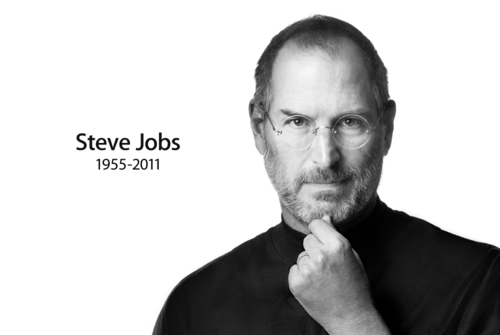From a wonderful piece by Walt Mossberg:
After his liver transplant, while he was recuperating at home in Palo Alto, California, Steve invited me over to catch up on industry events that had transpired during his illness. It turned into a three hour visit, punctuated by a walk to a nearby park that he insisted we take, despite my nervousness about his frail condition.
He explained that he walked each day, and that each day he set a farther goal for himself, and that, today, the neighborhood park was his goal. As we were walking and talking, he suddenly stopped, not looking well. I begged him to return to the house, noting that I didn’t know CPR and could visualize the headline: “Helpless reporter lets Steve Jobs die on the sidewalk.”
But he laughed, and refused, and, after a pause, kept heading for the park. We sat on a bench there, talking about life, our families, and our respective illnesses (I had had a heart attack some years earlier.) He lectured me about staying healthy. And then we walked back.
Steve Jobs didn’t die that day, to my everlasting relief. But now he really is gone, much too young, and it is the world’s loss.
Much too young.




